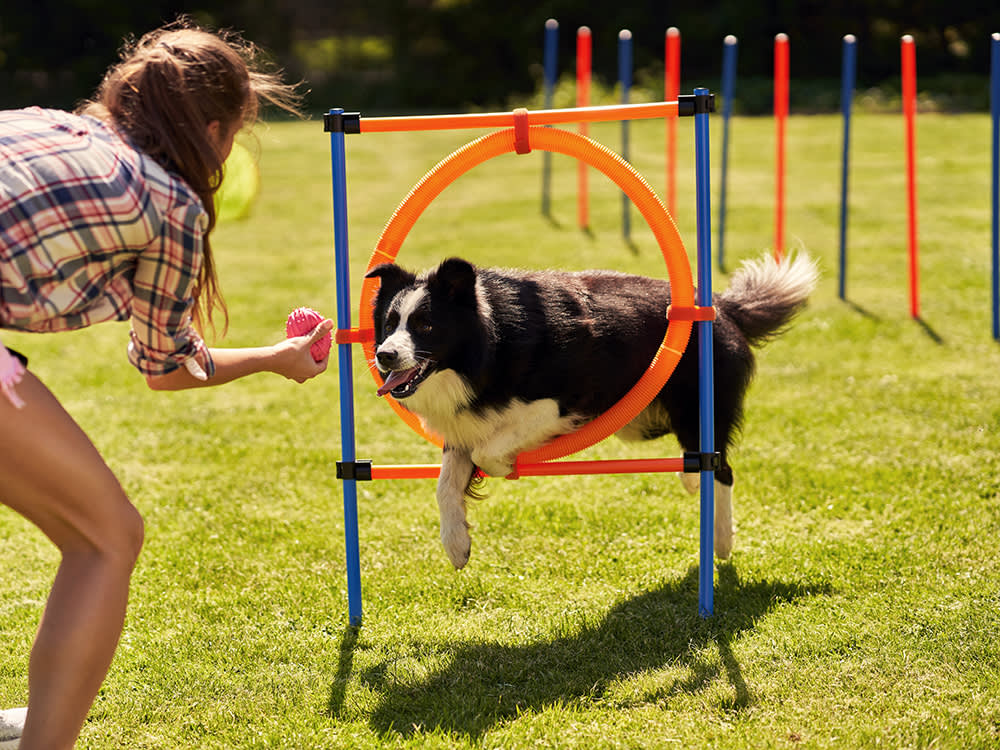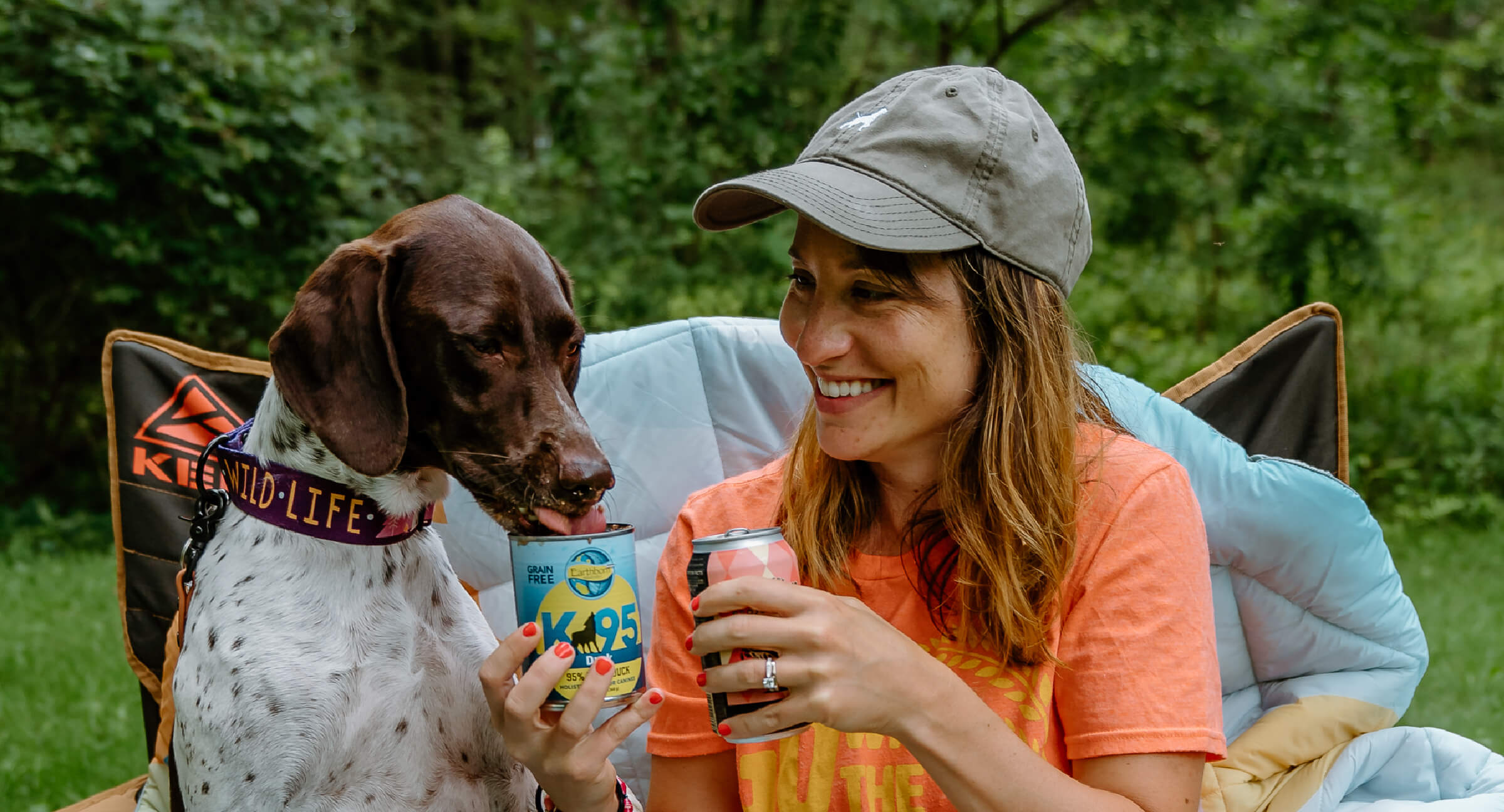Necessary Methods for Effective Dog Training You Required to Know
Necessary Methods for Effective Dog Training You Required to Know
Blog Article
Essential Tips for Successful Dog Training: An Overview for Family Pet Owners
Reliable canine training is a multifaceted procedure that calls for a critical strategy customized to both the family pet's character and the owner's objectives. Comprehending how to navigate these challenges can substantially boost the training experience, inevitably transforming the relationship between owner and canine.
Comprehending Canine Habits
Recognizing canine actions is important for efficient training and fostering a harmonious partnership in between dogs and their owners. Pet dogs connect largely through body movement, vocalizations, and activities, making it critical for owners to translate these signals properly. Identifying a canine's pose, tail setting, and ear positioning can supply insights right into its psychological state. As an example, a wagging tail does not constantly indicate joy; it can also indicate excitement or stress and anxiety.

Socialization plays a considerable function in pet actions; exposure to different atmospheres, people, and various other animals can considerably impact a canine's character. Elements such as type attributes and specific personality need to guide training approaches, as some types may have specific behavior qualities that require tailored techniques. By recognizing these components, proprietors can create an encouraging setting that urges positive actions, resulting in successful training outcomes and a deeper bond with their family pets.
Establishing Constant Commands
Reliable communication with your pet dog begins with developing constant commands. This fundamental component of training is vital for cultivating understanding between you and your family pet. Consistency in the commands you utilize makes certain that your pet can dependably link particular words or phrases with the preferred behaviors.
When selecting commands, pick clear, distinctive words that are simple to state and distinguish from one another. Avoid using similar-sounding commands that might perplex your pet dog. Utilizing "sit" and "remain" is ideal, however "rest" and "struck" might lead to misconceptions.
Furthermore, preserve the very same tone and volume for each and every command. Dogs are sensitive to vocal hints, so varying your tone can produce confusion.
It is similarly vital to ensure that all member of the family are on the same web page concerning the commands made use of. A united front in command use will certainly protect against mixed signals and reinforce the understanding process.
Favorable Support Methods
The power of favorable reinforcement in pet training exists in its ability to motivate preferred behaviors through incentives and praise. This strategy is grounded in the principle that behaviors adhered to by desirable outcomes are most likely to be duplicated. By including positive reinforcement into your training program, you can properly shape your canine's habits in a useful fashion.
To carry out favorable support, it's necessary to identify what inspires your pet dog, whether it be treats, playthings, or verbal praise. When your dog performs a preferred activity, such as resting on command, instantly compensate them with a reward or love. This association between the command and the positive outcome strengthens their understanding.
It's critical to timing the benefits properly; supplying the support within secs of the desired habits helps your pet dog make the connection (dog training). Additionally, uniformity is essential-- make certain that all family members use the exact same commands and incentive systems to prevent confusion

Progressively, you can reduce the frequency of treats as your canine discovers the actions, transitioning to commend or recurring incentives. This method not just promotes a strong bond in between you and your pet however also promotes a favorable learning setting, making educating a delightful experience for both.
Socialization and Communication
Consistently revealing your dog to a range of settings, individuals, and various other pets is important for their social growth. Socialization should begin early, ideally during the crucial home window of 3 to 14 weeks, when pups are most responsive to brand-new experiences. Nonetheless, older pets can also gain from recurring socialization efforts.
Introduce your pet to various setups, such as parks, pet-friendly stores, and urban areas. This direct exposure aids them adjust to various stimulations, decreasing stress and anxiety and fear reactions. Motivate positive interactions with other pet dogs and individuals, making certain that these experiences are regulated and safe to promote self-confidence.
Utilize organized playdates with courteous pet dogs, as this can enhance your dog's social abilities her explanation and teach them proper actions. Obedience classes and training sessions additionally provide exceptional chances for socialization, permitting your pet dog to engage with others in a monitored setting.
Display your canine's body movement throughout interactions, as this will certainly aid you evaluate their convenience degree. Slowly enhance direct exposure to even more challenging circumstances while making sure that each experience declares. A well-socialized dog is more probable to exhibit well balanced actions, making them a joy to have in any setting.
Addressing Typical Training Difficulties
Every dog owner will encounter training obstacles at some point, no matter their canine's age or socializing degree. Recognizing usual problems such as stubbornness, interruptions, and fearfulness can aid in creating reliable strategies look at this now for enhancement.

Disturbances during training sessions can thwart emphasis. To fight this, start training in a silent atmosphere with very little stimuli. Progressively present interruptions as the pet dog comes to be extra efficient in commands. Short, frequent training sessions are additionally effective in keeping focus.
Terror can impede a canine's learning procedure. Gradual desensitization to the source of worry, coupled with favorable reinforcement, can help relieve stress and anxiety. Patience is essential; never compel a canine into a scenario that causes distress, as this might worsen the problem.
Eventually, understanding and dealing with these common difficulties with an organized technique will certainly foster a more effective training experience, strengthening the bond in between pet dog and owner while promoting effective knowing.
Verdict
In summary, effective pet training depends on an extensive understanding of canine behavior, the establishment of constant commands, and the application of favorable reinforcement methods. Socialization plays an important function in creating well-adjusted family pets, while resolving usual training difficulties requires perseverance and versatility. By executing these essential methods, animal owners can cultivate a strong bond with their pet dogs Recommended Reading and promote preferable habits, ultimately causing a harmonious relationship in between humans and their canine buddies.
Comprehending canine habits is important for reliable training and promoting a harmonious connection between pooches and their proprietors.Socializing plays a significant role in pet dog habits; exposure to different environments, individuals, and various other animals can considerably affect a canine's temperament.The power of positive reinforcement in pet training exists in its ability to encourage wanted habits with benefits and praise. By integrating favorable support right into your training regimen, you can effectively shape your canine's behavior in a constructive manner.
In summary, effective dog training relies on a comprehensive understanding of canine habits, the establishment of regular commands, and the application of favorable support techniques.
Report this page